Zucchini - what kind of plant is it, varieties and agricultural technology
Zucchini "came" to Europe from his homeland of North America in the 16th century. At first it was cultivated as an ornamental one and was grown mainly in botanical gardens. Later, gardeners tasted fruit and began to grow the plant in their summer cottages and gardens. The big advantage of zucchini is its early maturity. The flesh of the fruit is juicy, white or greenish.
Content:
- General information about zucchini
- Zucchini varieties
- Zucchini care
- Zucchini propagation
- Diseases and pests
- Application of zucchini
General information about zucchini
Zucchini squash is a herbaceous annual plant that belongs to the pumpkin family. Zucchini shape bush, the height of which can reach 120 cm. Sufficiently large leaves, cut, decorative, are located on high petioles. On the stems of the petioles and on the leaves, pubescence is visible. The flowers are large, five-petalled.
The fruits are large, cylindrical, oblong, colored in green, yellow or longitudinally striped green.
Zucchini are quite simple and unpretentious in leaving... Well lit place, timely watering and feeding will give well-developed bushes and a large number of fruits.
Zucchini varieties
Zucchini has a couple of dozen varieties and hybrids developed by breeders for growing plants in different regions. Thus, the plant can be grown in any area where warm and sunny days last at least 110 days.
Popular zucchini varieties:
- Zucchini Tsukesha. Bushes are medium in size, branching weakly. 1.5 months after planting the plant, the fruit begins to ripen. Yield high. The pulp of the fruit has a pleasant taste. One can weigh up to 900 grams. If the storage rules are observed, it lasts up to 2 months.
- Zucchini Yellow-fruited. The variety has fruits with a bright yellow skin. This shade is possible due to the high carotene content. The pulp is tasty, recommended for dietary and baby food. The shape of the fruit is cylindrical, oblong. The weight of one zucchini can be up to 900 grams. Seeds germinate well, so it can be planted in a seedless way.
- Zucchini Zebra. The variety is high-yielding. It is also one of the earliest ripening varieties; it will take only 38 days for the fruit to ripen, after planting in open ground. Fruits are small in size, weighing up to 0.5 kg, have a cylindrical oblong shape. The peel is light green with dark green longitudinal stripes. The variety is suitable for cold regions. The fruits are stored for a long time and are well transported.
- Zucchini Jade. It is a medium-sized shrub with large, heavily dissected leaves that are dark green with a mottled pattern. The fruits are large, the peel has a dark green tone, smooth. The weight of one fruit can be up to 1.2 kg. The pulp is firm, tasty, fibrous, colored in a light cream color.
- Zucchini Banana. The variety has fruits with a rich yellow rind. Their shape is cylindrical, they grow in length by more than 25 cm. Zucchini ripen early. The pulp of the fruit is pale yellow, firm, juicy and tasty. Subject to the storage rules, they are up to 2 months.
Zucchini care
For landing zucchini you need to choose a well-lit place. In the shade and even partial shade, the bushes develop poorly, the flowers are practically not pollinated, and the harvest is poor and does not contain the required amount of sugar and nutrients. Sunlight should hit the bush throughout the day.
The soil must be fertile. It is recommended to add some organic fertilizers to the soil before planting the plant.
In heavy and waterlogged soils, zucchini will not develop well. Watering should be abundant, especially during flowering and fruit formation and growth, but water should not stagnate under bushes. With a lack of moisture, especially during the flowering or ovary period, you can lose part of the crop. Experienced gardeners recommend to water zucchini bushes with chlorine-free water. In arid places, it is recommended to cover the areas between the plants with cardboard, this will retain moisture longer, and will prevent germination weeds and will subsequently serve as an additional fertilizer for the soil.
After planting seedlings and germination of seedlings, it is recommended to regularly fluff the soil and remove weeds. If the bushes develop on heavy soils, then loosening is carried out after each watering or heavy rain.
Zucchini must be fed during the period of growth and flowering:
- The first fertilization should be done for young shoots. Seedlings fed 15 days after it is planted in open ground... During this time, the root system has time to adapt to a new place. Crops are fertilized 30 days after planting. Complex mineral fertilizer, which is recommended to be diluted in a large amount of water and water the plants under the root, without touching the leaves.
- Introducing the second feeding when the formation of buds begins. You can use the same fertilizers or add wood ash.
Planting zucchini in the same place every year is not recommended, as harmful bacteria accumulate in the soil, which can lead to plant disease. Also, they cannot be planted in places where zucchini grow and pumpkin.
Zucchini propagation
Zucchini multiply seeds... You can plant seeds or already prepared seeds in open ground seedlings. Saplings prepared mainly in cold regions, where spring frosts often occur, and the soil warms up much longer.
Before planting in the ground or for seedlings, it is recommended to prepare the seeds... For this:
- They are laid out in a saucer on a damp cloth, such as cheesecloth, and placed on a windowsill, preferably on the south side.
- Indoors, the temperature should be within 24-28 degrees.
- After 2-3 days, the seeds will hatch and they can be planted.
Seeds must be sown for seedlings 4 weeks before planting them in open ground. For this:
- A substrate is prepared from sawdust of humus and peat in a ratio of 1: 4: 5. The containers are filled with the prepared soil.
- It is recommended to use small peat cups, which will later serve as additional food for young plants.
- 1 seed per 1 cm is buried in each glass.
- The containers are placed in a warm, bright place where the ambient temperature does not drop below 25 degrees.
- Periodically seedlings it is necessary to moisturize.
- Young plants are planted in open ground in late May or early June, when the soil warms up well.
- Before planting, holes are prepared, 5-7 cm deep, in each it is necessary to fill in a little ash and humus, having previously mixed them with the ground.
For sowing seed in open ground, they wait for constant heat. Frost or cold soil can kill a young sprout. Many gardeners only recommend planting when the dandelions begin to bloom. This thermophilic plant only opens its bright yellow buds when the weather is warm. Basically, this period falls on the last week of May.
In the prepared, pre-fertilized soil, holes are made, the gap between which should be at least 80 cm.
In each place, 2-3 prepared seeds are placed at a distance from each other and sprinkled with soil 3-5 cm.When shoots appear and 1-2 adult leaves are formed, you can remove or transplant extra sprouts. It is recommended to transfer the plant with a part of the earthen coma. But it is better to remove it so as not to damage the root system of the main bush.
Diseases and pests
Zucchini are quite resistant to various diseases... Basically, all problems arise with the wrong leaving... Development is badly affected by constant waterlogging of the soil or a period of severe drought. In poor and heavy soils, the bushes develop poorly, flowering is poor, harvest low. To solve this problem, it is necessary to regularly loosen and apply mineral and organic fertilizers.
Sometimes there are diseases on squash crops such as:
- Powdery mildew... With powdery mildew, white spots appear on the leaves and stems of the plant. If the disease has not spread much through the bush, then the damaged parts are removed, and the plant is treated with a solution of colloidal sulfur. In case of severe damage, the entire bush is removed.
- Gray or white rot. When white or gray rot appears, which often passes to the fruit after the leaves, it is necessary to remove the leaves. Open fruits are warmed by the sun and illness may not switch to them. But basically, the rot spreads quickly enough and it is recommended to completely remove the bushes so as not to infect neighboring plants.
Of the pests, zucchini are most often attacked by spider mites and aphids. Ticks can be removed without resorting to chemical insecticides. For this, a solution is prepared from a decoction of husk or garlic, which is sprayed with the bush several times during the day.
So that he does not appear, it is recommended not to plant densely plants and regularly remove weeds.
Aphids can be removed by treating the leaves several times with soapy water. If there are fruits on the bushes, preparations containing chemically harmful substances are not used. Such a bush is removed, having previously collected all the fruits.
Application of zucchini
Zucchini are considered much healthier than courgettes. Their pulp contains a large amount of carbohydrates, which are easily absorbed by the human body. It also contains carotene, ascorbic acid and vitamins of the PP group and vitamin C, magnesium, iron, potassium.
Basically, the fruits of zucchini are used for food:
- In summer, they are used fresh in salads and cold snacks, they can also be fried, baked and stewed in various dishes.
- For the winter period, salted and pickled dishes rolled up in jars are prepared.
Zucchini are low in calories, they are recommended to be consumed as a dietary meal. They can be used as a puree for feeding small children.
Also, this product improves digestion and helps to remove harmful substances from the body.
The advantage fruit zucchini is their slow development. Fruits are suitable for eating, the length of which has reached 15-20 cm. Due to the thick peel, after being removed from the bush, zucchini can be stored for a longer period than zucchini or squash. It is not recommended to eat raw zucchini for people who suffer from ulcerative ailments. Some acids are highly irritating to the stomach lining. But boiled or baked, they will be beneficial.
More information can be found in the video.





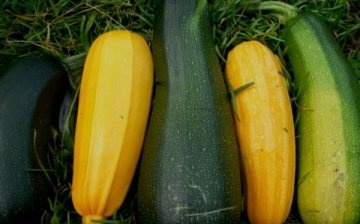

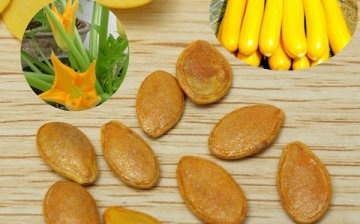
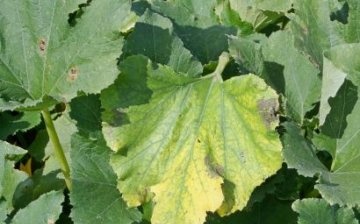
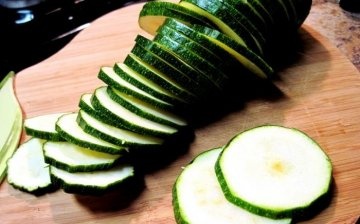







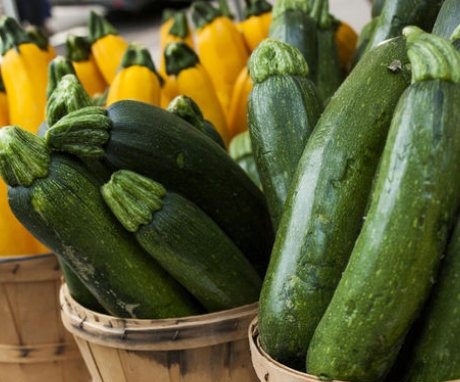
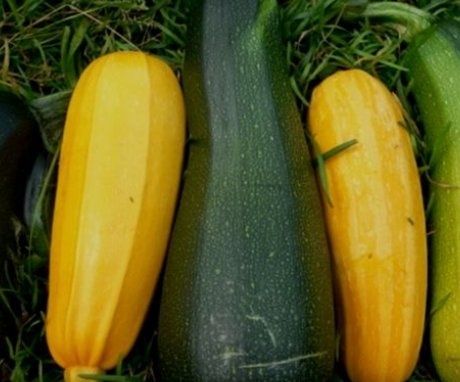
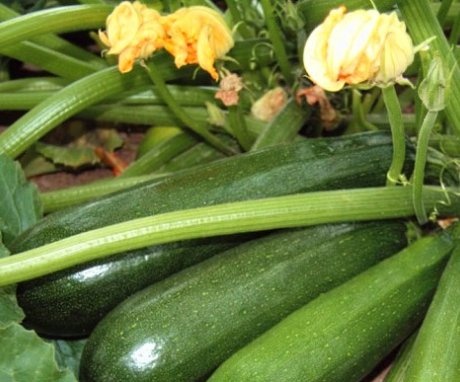
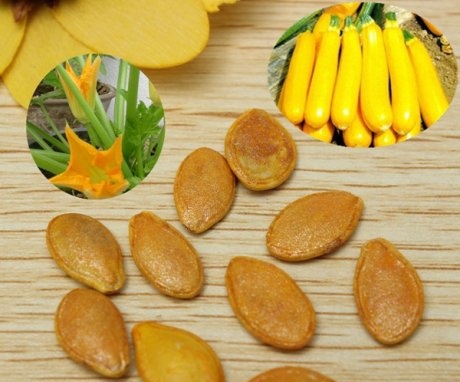
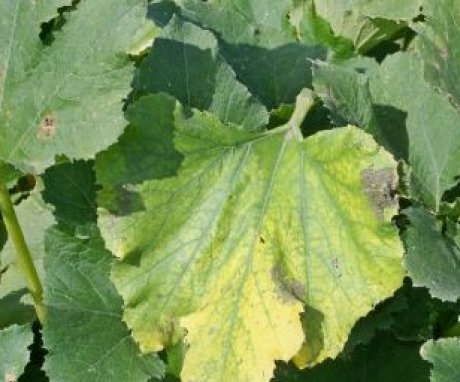
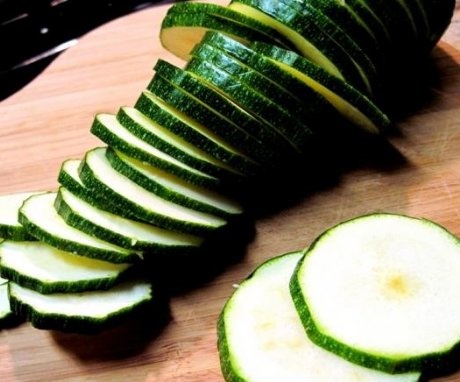
We have been growing zucchini for the third season. Excellent disease and weather resistant variety. Fruits with a very delicate taste and a little juicier than usual, so some consider them watery, but I like it, they make pancakes, you will lick your fingers
My mother-in-law decided to plant zucchini this year, she was constantly swarming with them in the country.After the harvest, I treated it to - at first, I thought, a zucchini, but tasted it - the taste is slightly different, it is peculiar. Now I am studying the recipes that can be made from it.
Sometimes I grow zucchini of this variety. In addition to the specific appearance, there are serious differences in taste or yield, I personally cannot notice. Although I really love any zucchini, and I regularly use them for food.